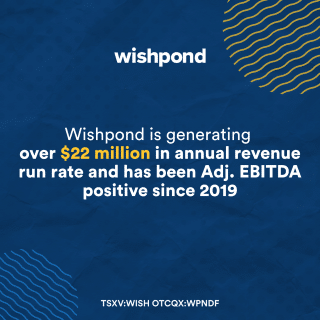
DVC Smalltech Stock Letter/Methodology Explained
8 Oct 2008 — At DVC we specialize. Our universe is small; we strive to find the best small tech companies in Canada. We look for those companies that are far along enough to have developed a “margin of safety” yet sacrifice none of the upside that investors expect from small cap stocks. To do this we use the following five quant based valuation methods and publish web based “digest” research. What follows is an explanation of those methods.
Check the panel to the right for our latest updates.
1. Price to Sales: We compare a company’s market capitalization to its trailing four quarters revenue. Market Capitalization is calculated by multiply the number of shares outstanding on the company by the closing price of the stock at the articles publishing date. The lower the number, the “cheaper” the companies shares are. For instance a company with a price to sales of 0.80 is cheaper than a company with a price to sales of 1.0.
2. Cash to Market Capitalization: We compare the most current cash position of the company available to us to the Company’s market capitalization, explained above. The higher the number the “cheaper” the company’s shares are. For instance a company with cash to market capitalization of 120% is “cheaper” than one with a cash to market cap of 50%.
3. Debt to Market Capitalization: We compare the most current debt position of the company available to us to the company’s market capitalization. The lower the number, the “cheaper” the company’s shares are. For instance, a debt to market cap of 10% is cheaper than a debt to market cap of 20%.
4. Trailing Three Year Growth Rate: We compare the last three years of sales growth and measure the growth rate. The higher the number the “cheaper” the company. For instance, a company with a growth rate of 20% over three years is cheaper than one with a growth rate of 10%, if all other factors are equal.
5. Enterprise Value to Sales: We compare the Enterprise Value of a company with its market capitalization. Enterprise Value is Calculated using the following formula: market cap + long term debt – cash. The lower the number the “cheaper” a company is. For instance, a company with an Enterprise Value to Sales of 0.25 is cheaper than one with an EV to Sales of 0.50, if all other factors are equal.
Leave a Reply
You must be logged in to post a comment.




 Share
Share Tweet
Tweet Share
Share




Comment